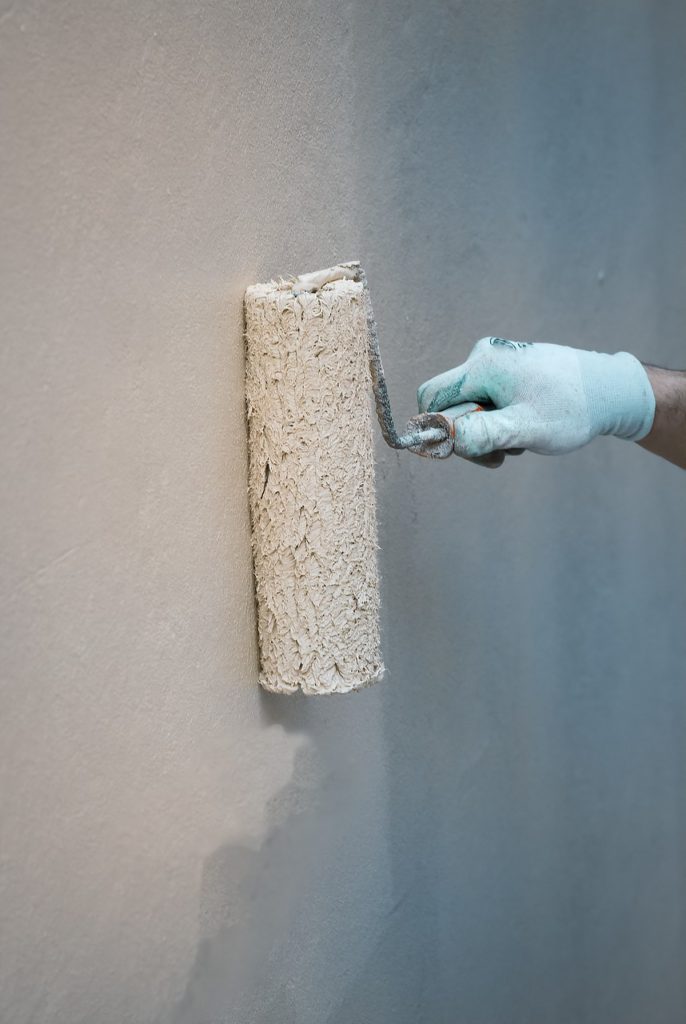White Plains Painters
Remove all Obstacles in the Work Area
If possible, move all the furniture out of the room. If there are items that can’t be moved out of the room, push them to the center of the room and cover them with a tarp or drop cloth in order to protect them from paint.manuelpaintingmanuelpainting.com/testimonials
Painters House Westchester
Remove Hardware
Next, remove hardware such as faceplates on electrical sockets and light switches using a screwdriver. It is possible to tape these off and paint around them, but the quality of the paint job will suffer. Depending on the area to be painted it may also be a good idea to remove doorknobs, hinges, and handles.
Westchester Professional Painters
Identify Areas of Damage
Survey the room. Look at the walls and identify areas of damage or dirt. A clean, well-repaired surface provides the best foundation for a good paint job (Image 1) . Louis removes lead lugs left over from an old shelving unit from the wall, using a putty knife to pry them out.
Use painter’s caulk to fill the holes or (compound) and a putty knife to smooth over the caulk and create a smooth, flat wall surface (sand smooth).
Mask off the Room
Once the obstacles are removed and the walls are clean and smooth, the room is ready to be masked. Use low-tack masking tape to tape around fixtures that can’t be removed like wall sconces and phone jacks. If the floors are to be painted as well, you will not need to lay down a drop cloth or mask off the floor.ABOUT
Paint the Wall
In many cases it takes a full day or more to adequately prepare an area to paint. Pour the paint into a tray and roll with a sheepskin roller several times in order to soak up an ample amount of paint (tray). Roll the paint slowly onto the wall; the roller will apply more paint in one coat than if you quickly run the roller up and down the wall. If the walls have texture, it is important to run the roller in a “W” pattern in order to make sure all sides of the texture receive paint.
Using the big roller, cover the major area of the walls and ceilings fairly quickly (9-inch rollers). Then, go back with the small roller to paint the hard-to-reach areas (4-inch rollers). Let the paint dry before going back to apply a second coat.

We are Professional house Painters.
